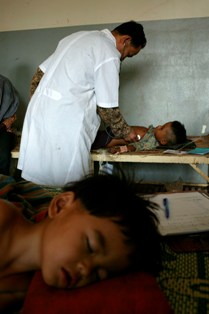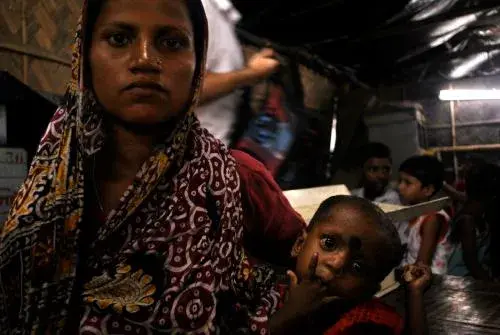Chronic Disease
According to a recent review of donor health funding, chronic disease receives the smallest amount of donor assistance of all health conditions, having lost ground since 1990 relative to infectious diseases. Donor assistance for health was estimated at almost $26 billion in 2009. The amount allocated to chronic disease was $270 million, or about 1% of the total. Yet cardiovascular disease in low- and middle-income countries killed over twice as many people in 2001 as did AIDS, malaria, and TB combined. 
Although high-income countries currently bear the biggest economic burden of chronic diseases, developing countries, especially those that are middle-income, will assume an increasing share as their populations grow and the effects of the tobacco epidemic take greater hold.
The costs for governments to achieve maximal adult survival are rising, in contrast to declines in the costs of achieving child survival. This divergence is a consequence chiefly of the lack of tobacco control in most low and middle-income countries, the lack of sustained investments in new drugs, and gaps in the strategies and in the program implementation for chronic diseases.
The new research commissioned for Copenhagen Consensus 2012 analyzes these issues and presents proposed solutions to confront the challenge of chronic diseases.


